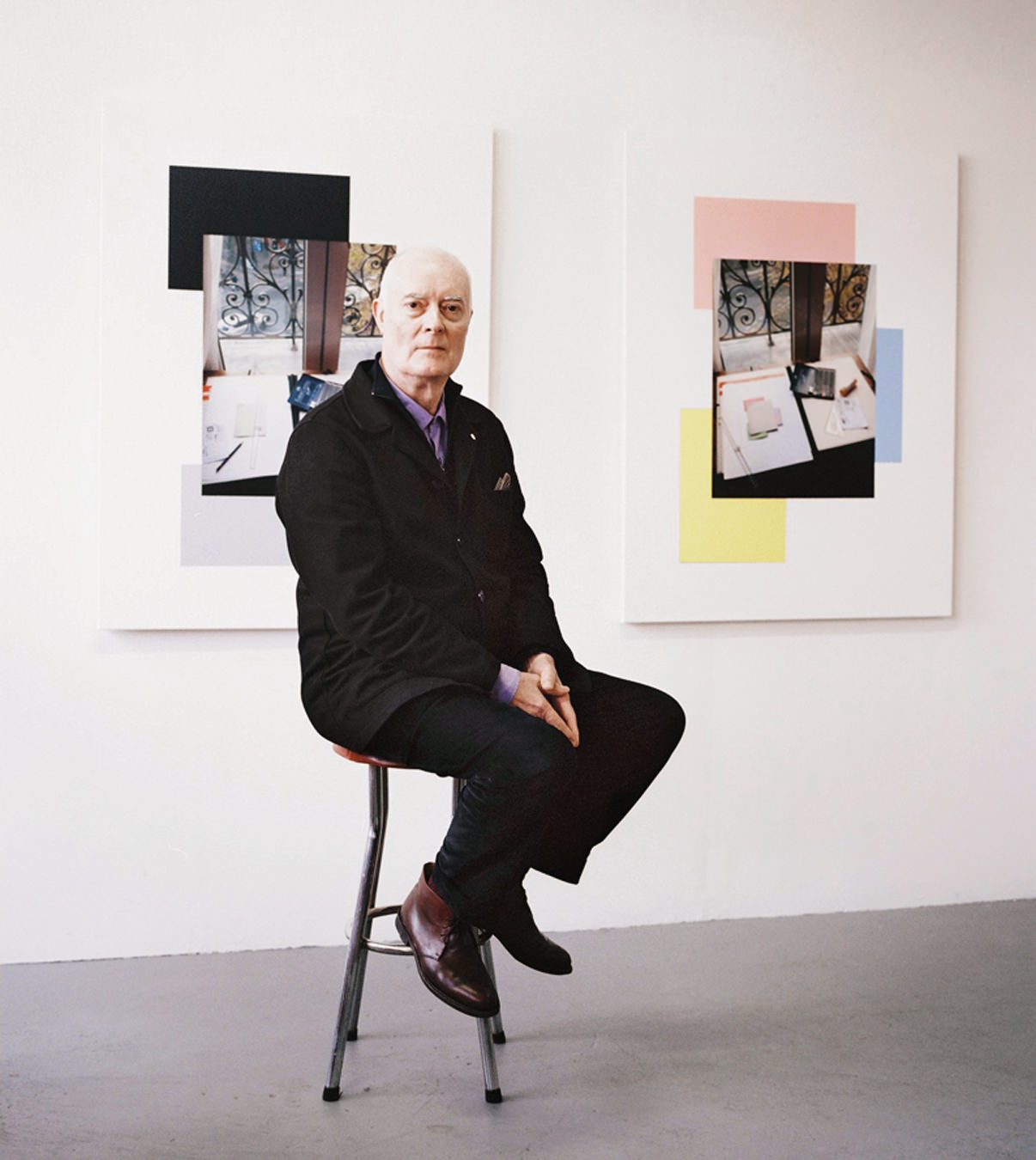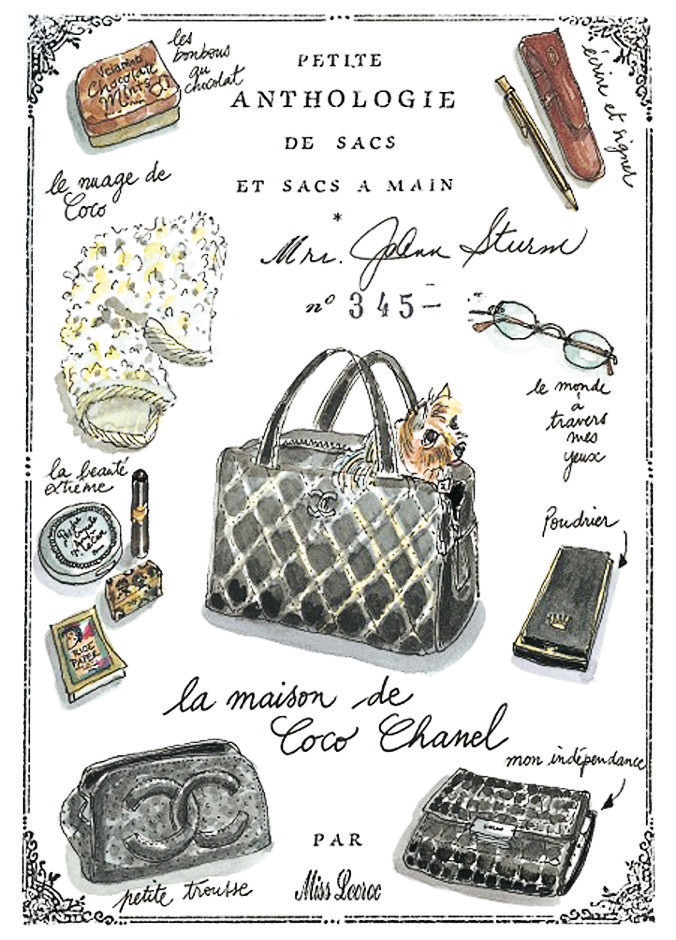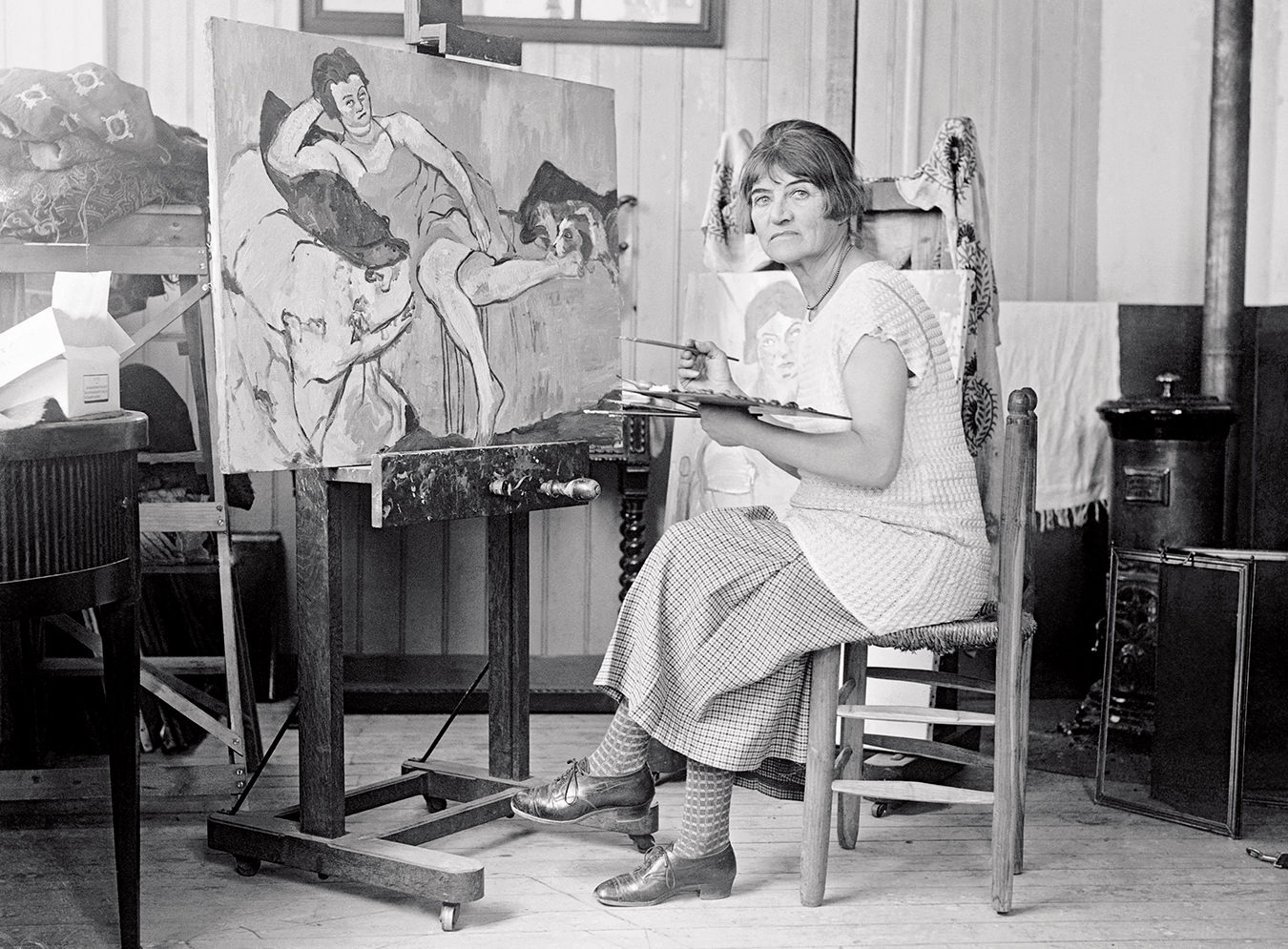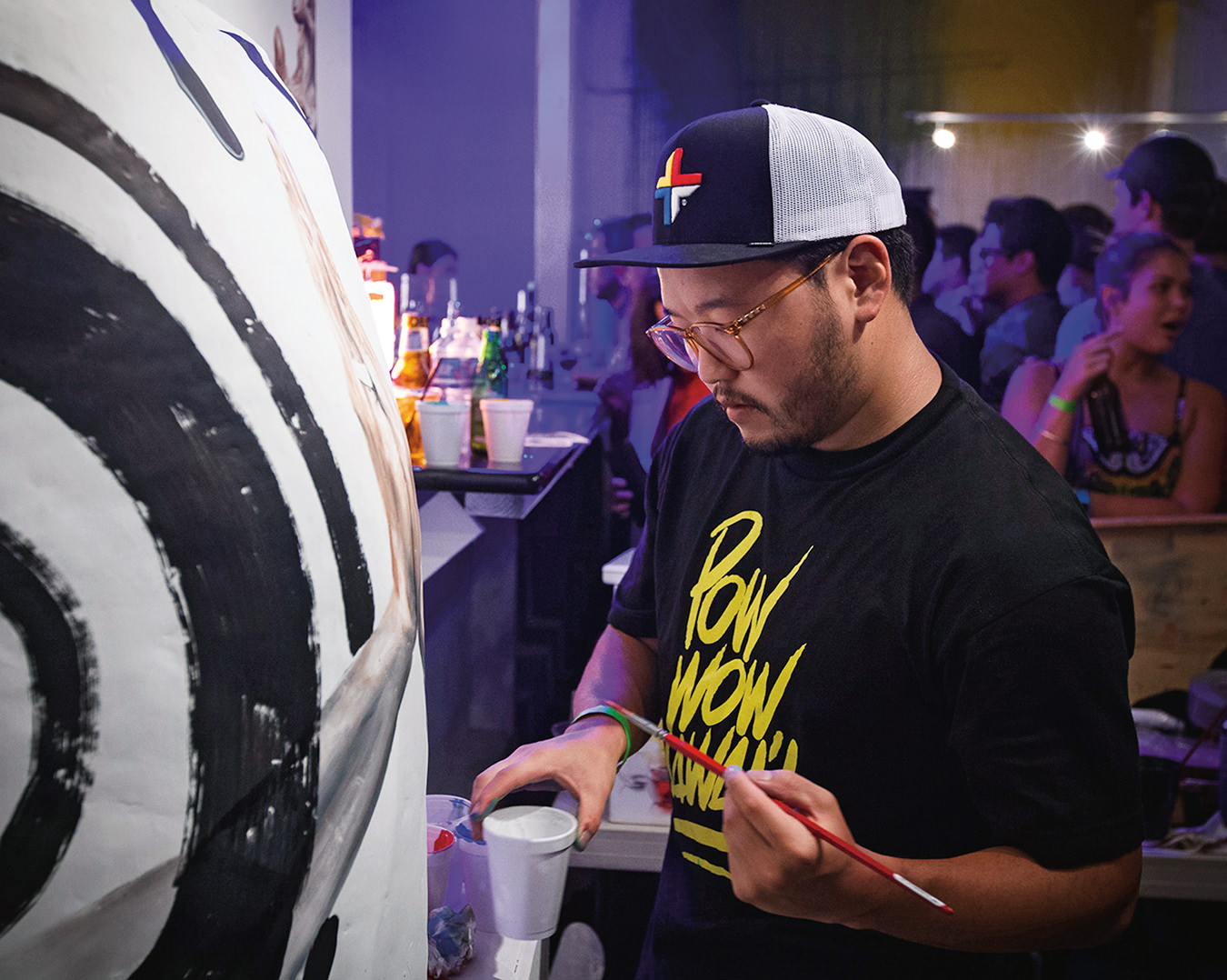Alessandro Papetti
The artist's artist.
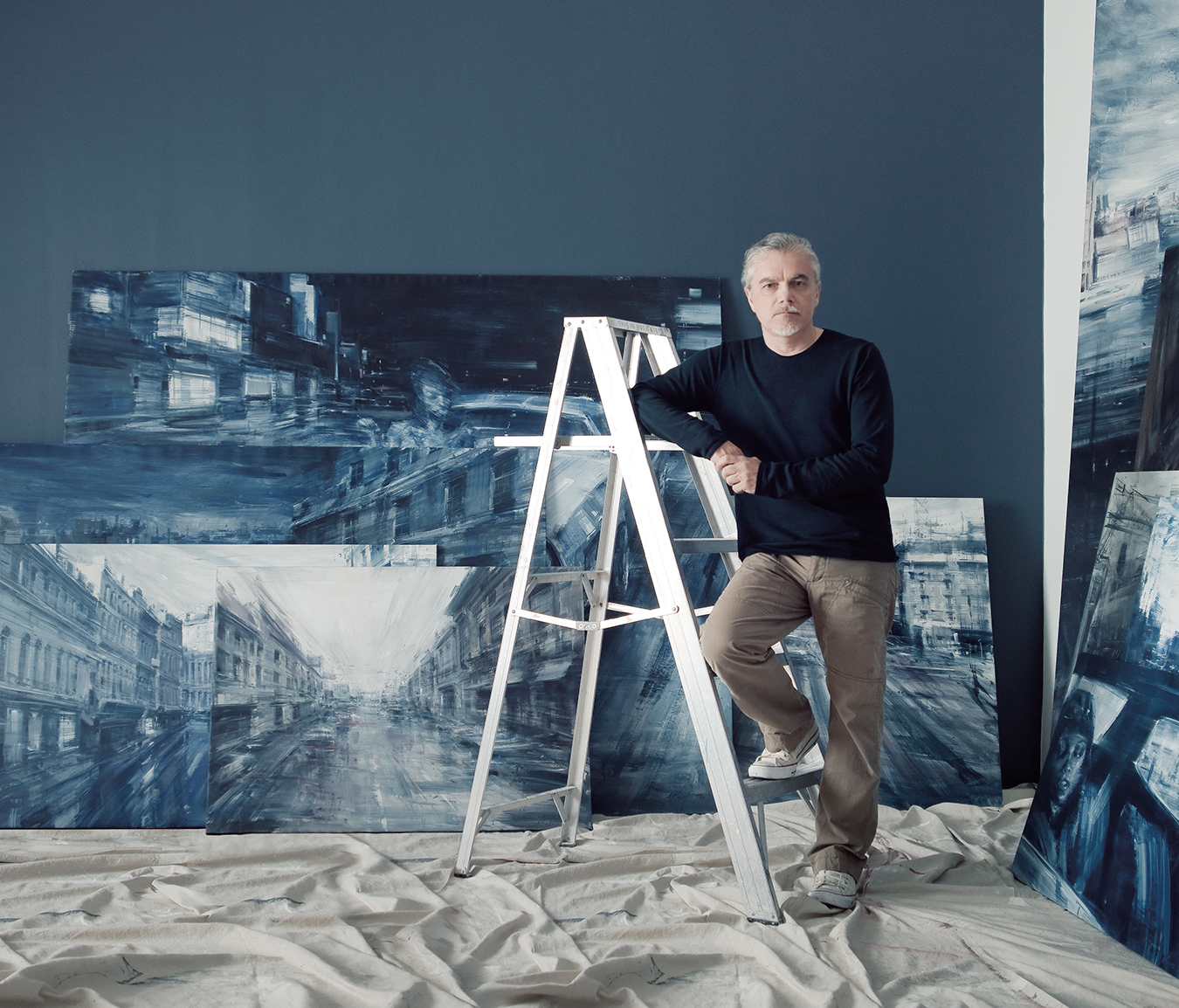
Explaining his resolution to venture forth as a painter, Alessandro Papetti, the consummate Italian artist, says, “Around the age of 12, I knew I wanted to be a painter. There was no question—I knew.” His conviction is impressive, yet this intriguing, soft-spoken artist is not, as is all too common with artists, pompous. Quite the opposite; Papetti is a gentle man, and he evokes a sense of calm.
“It’s difficult for me to speak of the beginning, in the sense that it was very simple,” says Papetti. “I don’t recall having any large motives of tension about me being an artist. My father was afraid, but he was a man that really appreciated and valued the cultural arts. He was, however, from a family of Piedmontese farmers, and so he very much had a sense of reality. He was a grounded man, his feet firmly planted on the earth. And by that, I mean he had a closed mentality, and was a man of his word, extremely precise, and even stubborn.”
As a child, Papetti’s favourite pastime was painting. When his father saw his son’s passion for the craft, Papetti recalls, “He told me, in an affectionate yet stern tone, ‘Until you are a legal adult, you will do what I say. And thus, you will study liceo classico [a high school focusing on literature]. Once you have finished, I leave it to you. Continue with your studies, or change, whatever you would like.’ ”
Papetti was born in 1958. Milan, his city of birth and still home to the artist, was the ideal backdrop for the works he would create as an artist. “I tend to use monochromatic colours,” he says. “The light in my cities is fairly northern because I was born in Milan and that definitely had an influence. These [black, grey, blue] are the colours from my city, from the air that I’ve breathed.” Milan might well be less of an artistic mecca than Rome, Florence, or Venice, yet it has its own artistic and cultural legacy, including the Duomo; La Scala, the world’s most famous opera house; and Leonardo da Vinci’s Last Supper. Thus, the city allowed Papetti’s artistic sensibility to develop.
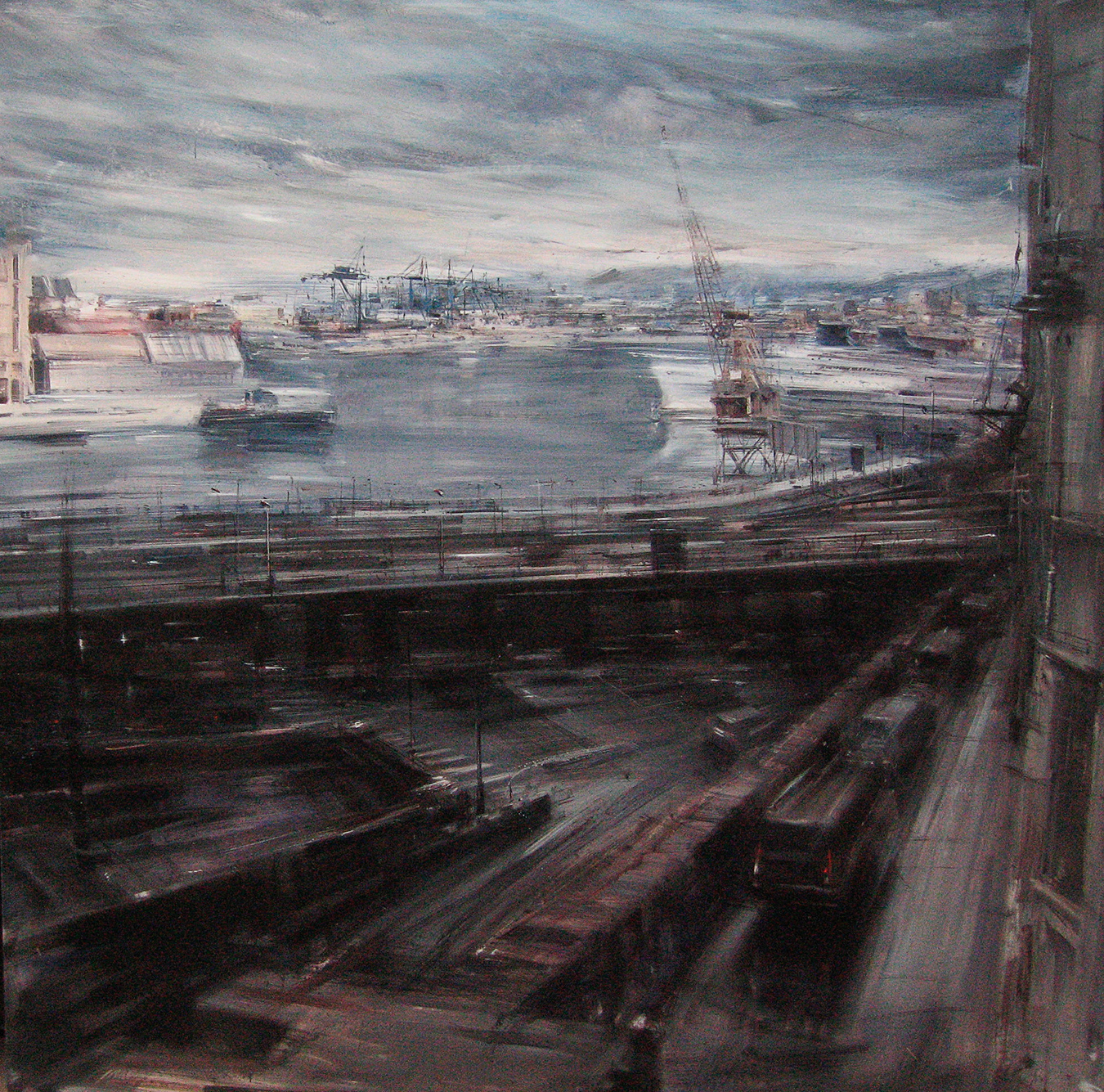
Genova, 2009.
Big, broad smears of paint drag across his canvases into cityscapes, interiors, portraits, and water scenes. A dizzying bravura of his brush strokes symbolize the massed energies of human life, the ghostly realms of Gothic cathedrals and abandoned villas, and the animating force that is palpable beyond the city limits. Papetti (the person) never gets in the way of what he (the artist) is doing. “I believe the tension and energy in a painting has to flow,” he says. “I try not to create points that block energy. I use a thin canvas, with a treated slippery surface that isn’t too absorbent so that the colours flow easily.” Papetti doesn’t work over dry paint and, he says, “I never retouch the parts I’ve already done.”
Largely self-taught, the artist relied on his own curiosity, observations, and research to develop his passion after studying the classics in school. “I attended the Accademia [art institution] as an auditor,” he says. “I went to all the art history classes that interested me, without taking the exams, and I learned the various techniques.” Having opted to study on his own rather than allow an academic institution to dictate his taste or approach, Papetti allowed himself to be led by his intuition.
His process developed organically. There was no decisive moment that propelled him to paint. “It was a gradual process, the passion for art, the passion to paint, but really the physical qualities of paper and canvas. To discover different papers, the smell of colour, the smell of the pencil,” he says. His eyes light up as he speaks. “From when I was a child, I adored the smell of pencils. From the moment I would open a new box, there was the smell of wood. L’odore della matita è stupenda. [The smell of a pencil is stupendous.]”
Papetti’s studio, a large, open white space, houses an enviable library of well-studied tomes. “I never studied with art teachers. Instead, I’ve had all the great masters throughout art history, the great loves of my artistic life. I was struck by Caravaggio’s treatment of light, and then I discovered Velázques, and the gestural quality of Boldini.” Papetti’s greatest influence was Alberto Giacometti, an artist whose haunting sculptures and paintings captured the profound anxiety and isolation in postwar Europe.
The tools of his craft—colours, brushes, scratch cloths—are piled on a butcher block to his left side. Approaching his painting wall, Papetti stands in front of his canvas, which he has stapled to the wall, at waist height. “I always work in this position,” he says, with an outward brush gesture with his right hand. His colour tubes resemble semi-used tubes of toothpaste, meticulously rolled up to ensure there is no wastage. Watching Papetti mix his colours, his brow is furrowed and his expression intense.
“If there is a need to think, something’s not working,” says Papetti. “I keep painting because there’s still something to express and understand.”
Not having officially attended the Accademia, Papetti didn’t have many connections with other artists. “I brought some of my works to art galleries in Milan, but they never even opened the door,” says Papetti when describing his task of trying to get representation. “One time, I tried to show my work to an important gallery in downtown Milan, but they rudely sent me away—a prominent gallery, I won’t say which one because I’m kind. On the street, some workers saw what had happened and asked to see my drawings. A week later, two of them came to my house. They had collected money to purchase one of my drawings. Era una cosa bellissima. [It was the most beautiful thing.]”
The first important appraisal of Papetti’s work came in 1989 when Giovanni Testori wrote an article in the Corriere della Sera, Italy’s oldest and most reputable newspaper. “I thanked [Testori], and he said to me, ‘Don’t thank me. Now, for at least three years, no one will write about you.’ And that’s what happened. That shows how influential he was.” Testori was drawn to Papetti’s paintings of figures, as viewed from above, which he describes as seeming to be “overwhelmed with a sense of guilt.” (Papetti began his figures series in 1988, a segue from his wide-angled interior series of empty spaces.) Testori wrote, “Something crushes in the vertigo. The perspective and the faces of the characters compel Papetti’s hand to abandon every pictorial rule and reveal himself with extreme objectivity.”
“Testori told me that these figures would have to become my obsession because he had connected with and recognized himself in those figures,” says Papetti. “They were dramatic paintings born of my need to externalize my unhappiness. My father was dying and I had dealt with that daily for a year and a half. So it wasn’t by chance that the figures in the period came out distorted and dark.” After Tessori’s article, Papetti received numerous requests from people to do their portraits. “They told me to distort them as much as possible, which is opposite of what would happen before.”
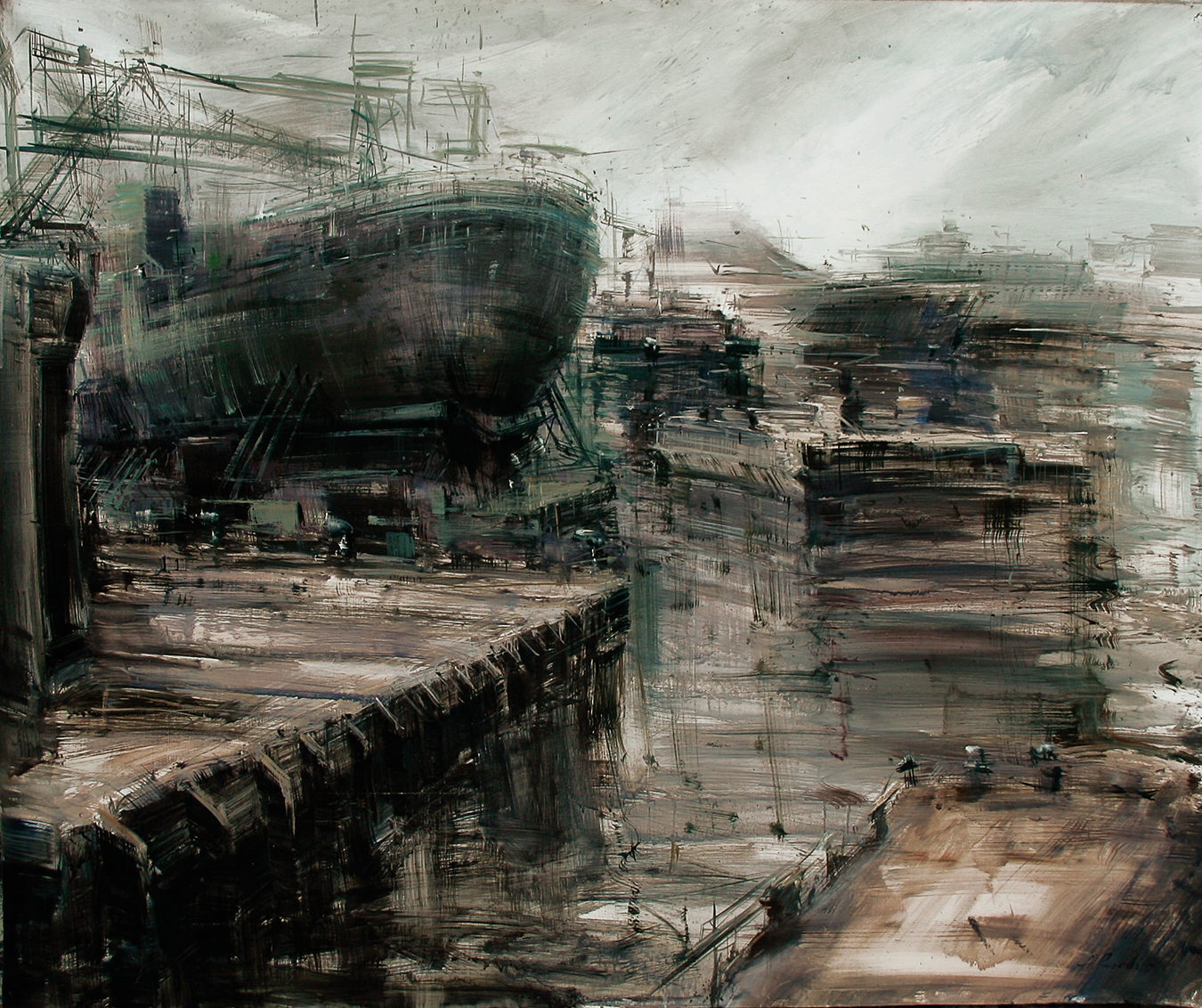
Porto industriale, 2009.
In 1995, Papetti met influential art historian James Lord, an expert in the art of Giacometti, in a serendipitous encounter while Papetti was living in Paris. “I always wanted to do a portrait of James Lord. He has a very interesting, expressive face,” recounts Papetti. “I understand why Giacometti did so many portraits of him. I took some photos of Lord, and then I tried to paint this painting. For a year and a half, everything I made was garbage. Then one night I succeeded in making his portrait. It was so liberating, I cried. It seemed I’d finally succeeded in leaving the protective wing of Giacometti. Then I invited Lord to see the painting. It was a tragedy, because he entered the Paris studio with his American aplomb. For five minutes, he looked at the painting in total silence, and then he left without a word.
“I felt awful because I had put my soul into it and I thought it had come out quite compelling. A week later, he called me and said, ‘I have to apologize for my behaviour, but when I saw the painting I hated you. I’ve probably stopped looking myself in the mirror. I see my reflection in portraits done by Giacometti and others in which I am 30 or 40 years younger. Seeing your painting, I found myself in front of an old man. But the painting is lovely and I’d like to have it.’ At times, it’s very difficult to accept one’s self.”
The water series followed in 1998, an evolution of subject matter from portraits to industrial interiors and expansive canvases illustrating shipyards. The water series was inspired by Krzysztof Kieślowski’s Trois couleurs: Bleu. “I was directly inspired by film frames,” says Papetti. “When I understood how to paint water, it became the easiest thing in the world.”
When Papetti becomes tired with a process, he doesn’t like painting anymore, and he soon moves on to another series. “If there is a need to think, something’s not working. I keep painting because there’s still something to express and understand. The day I’ve externalized everything, I’ll finish the series and move on to another.”
Papetti captures a moment on canvas in the same way a camera does, in a fraction of a second, applying his energy to painting in “shutter time” to record his image. “I am the product of my environment. I live in a hectic city where everything moves at a fast pace. In fact, many of [my] paintings are entitled To Pass Quickly, and some The Sky That Falls. It’s the sensation I get when I am moving quickly down the street, and I can only see buildings, and when I look up it seems like the sky is caving in on me.”
Over the years, Papetti has gained an ardent and international following, and has participated in various travelling exhibitions in Europe and the United States. Whatever the subject matter, whatever the pictorial theme, nothing he suggests is static. “Everything should happen naturally, not be sought out. I would like to be able to paint without telling a story, because I’m afraid of my paintings becoming illustrations. One of my writer friends says that I am an extraordinary storyteller, but I don’t want to tell any stories. I want the possibility [of my paintings] to create their own story.”
Grooming by Dana Mooney, Tresemmé hair care, for JudyInc.com.

